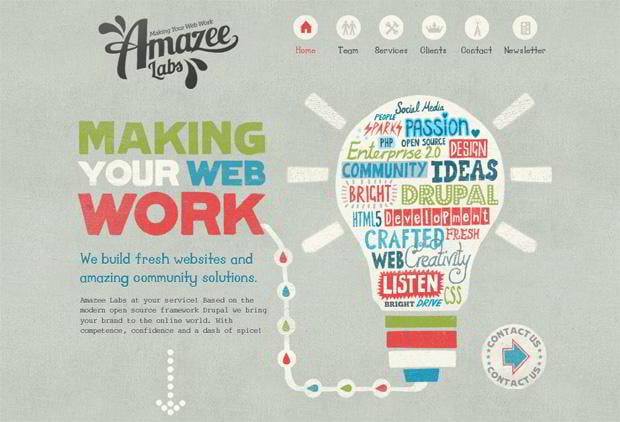The Growth Of Web Design: After That And Currently
The Growth Of Web Design: After That And Currently
Blog Article
Material By-Pappas Peters
In the past, web sites were basic and concentrated on information. Navigation was straight, and design was for desktop computers. Now, user experience is essential. Data overviews designs for very easy navigation. Responsive designs match various tools. Today, dark setting lowers pressure, and minimal food selections enhance navigation. Interactive functions involve individuals, and vibrant visuals attract attention. AI combination improves interaction. See just how layout has progressed to boost your online trip.
Early Days of Website Design
In the early days of website design, simpleness preponderated. Websites were basic, with limited colors, fonts, and layouts. The focus was on offering info as opposed to fancy visuals. Users accessed the net with sluggish dial-up connections, so rate and functionality were vital.
Navigation menus were straightforward, commonly located on top or side of the page. Internet sites were made for computer, as mobile browsing had not been yet prevalent. Material was king, and designers prioritized simple readability over intricate layout components.
HTML was the main coding language utilized, and designers needed to work within its restraints. Animations and interactive functions were minimal contrasted to today's criteria. Web sites were fixed, with little dynamic material or personalized customer experiences.
Rise of User-Focused Design
With the evolution of internet site design, a change towards user-focused design concepts has ended up being significantly prominent. Today, developing sites that focus on customer experience is critical for engaging visitors and attaining service goals. User-focused layout includes recognizing the needs, preferences, and actions of your target audience to customize the website's format, material, and includes accordingly.
Developers now conduct detailed research, such as individual surveys and use screening, to gather insights and responses straight from individuals. This data-driven approach aids in producing user-friendly navigation, clear calls-to-action, and visually appealing interfaces that reverberate with site visitors. By positioning the individual at the center of the style procedure, sites can supply an extra customized and satisfying experience.
Receptive style has also become an essential facet of user-focused design, making sure that websites are optimized for different tools and screen sizes. This versatility enhances availability and use, catering to the diverse means customers connect with websites today. Essentially, the increase of user-focused style symbolizes a shift in the direction of producing electronic experiences that prioritize the demands and expectations of the end individual.
Modern Trends in Website Design
Explore the most recent trends shaping website design today. One noticeable trend is dark setting layout, supplying a sleek and modern-day appearance while lowering eye pressure in low-light atmospheres. An additional essential pattern is minimal navigation, streamlining food selections and enhancing individual experience by concentrating on essential elements. Integrating micro-interactions, such as computer animated buttons or scrolling results, can create an extra interesting and interactive internet site. Responsive style remains vital, making certain seamless individual experiences across numerous tools. Furthermore, utilizing strong typography and unbalanced formats can add visual passion and draw attention to details content.
Integrating AI technology, like chatbots for consumer support or customized suggestions, enhances user involvement and streamlines procedures. Ease of access has likewise end up being a substantial trend, with developers prioritizing inclusive layout methods to deal with varied user demands. Accepting visit this backlink by optimizing web site efficiency for rate and performance is one more arising fad in web design. Teaming up with user feedback and data analytics to iterate and improve style continually is essential for staying pertinent in the ever-evolving electronic landscape. By welcoming these modern-day trends, you can develop an aesthetically enticing, straightforward site that reverberates with your audience.
https://www.searchenginejournal.com/german-expansion-seo-tips/455794/
As you assess the evolution of web site style from the very early days to now, you can see how user-focused style has actually come to be the driving force behind contemporary trends.
Welcome the journey of adjustment and adjustment in web design, constantly maintaining the user experience at the leading edge.
Keep existing with the latest patterns and modern technologies, and never ever stop advancing your strategy to create aesthetically spectacular and easy to use websites.
Advance, adjust, and create - the future of website design is in your hands.
